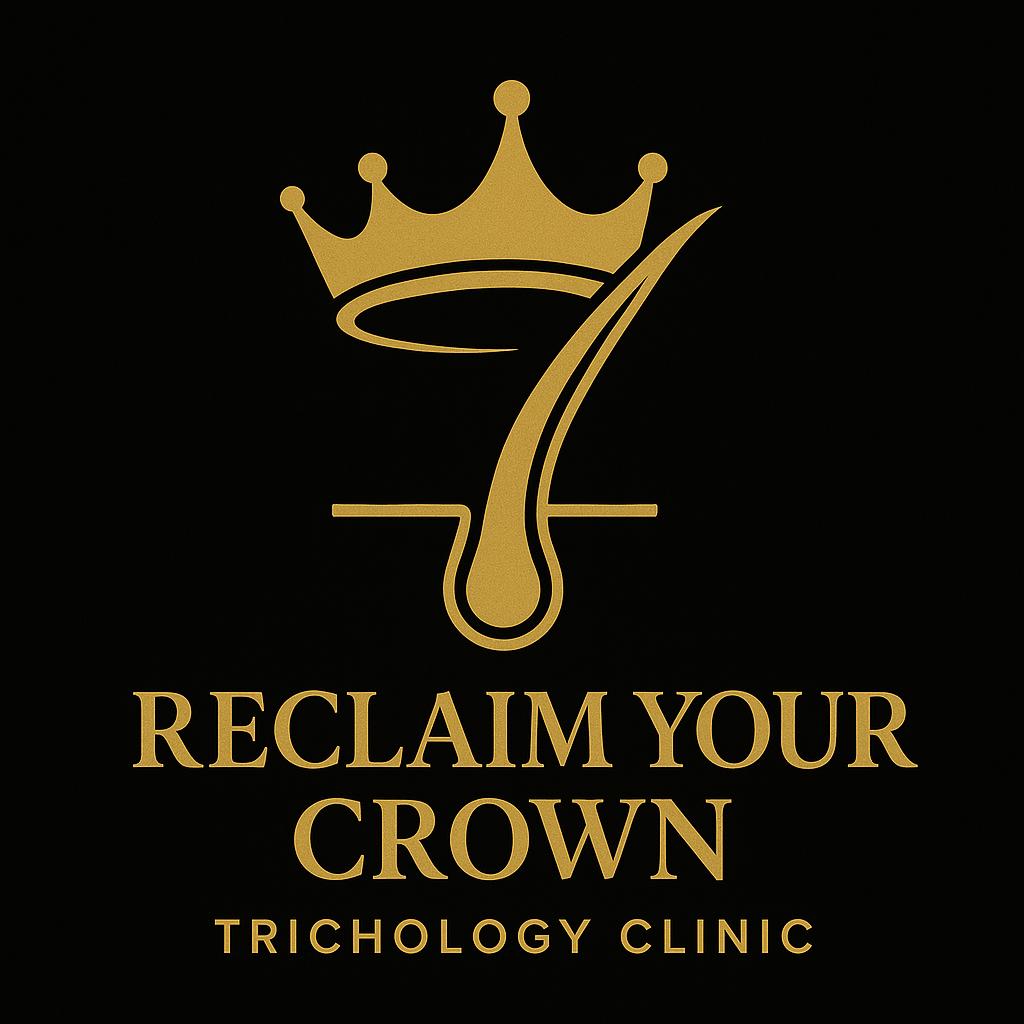How Does Trichology Work?
Trichology focuses on the study and treatment of hair and scalp conditions, employing scientific methods to address issues such as hair loss and scalp disorders.
Through a Holistic Approach, Trichologists assess your scalp, Medical & family history, lifestyle, diet, and overall well-being to formulate a personalized treatment plan that suits each client's individual needs.
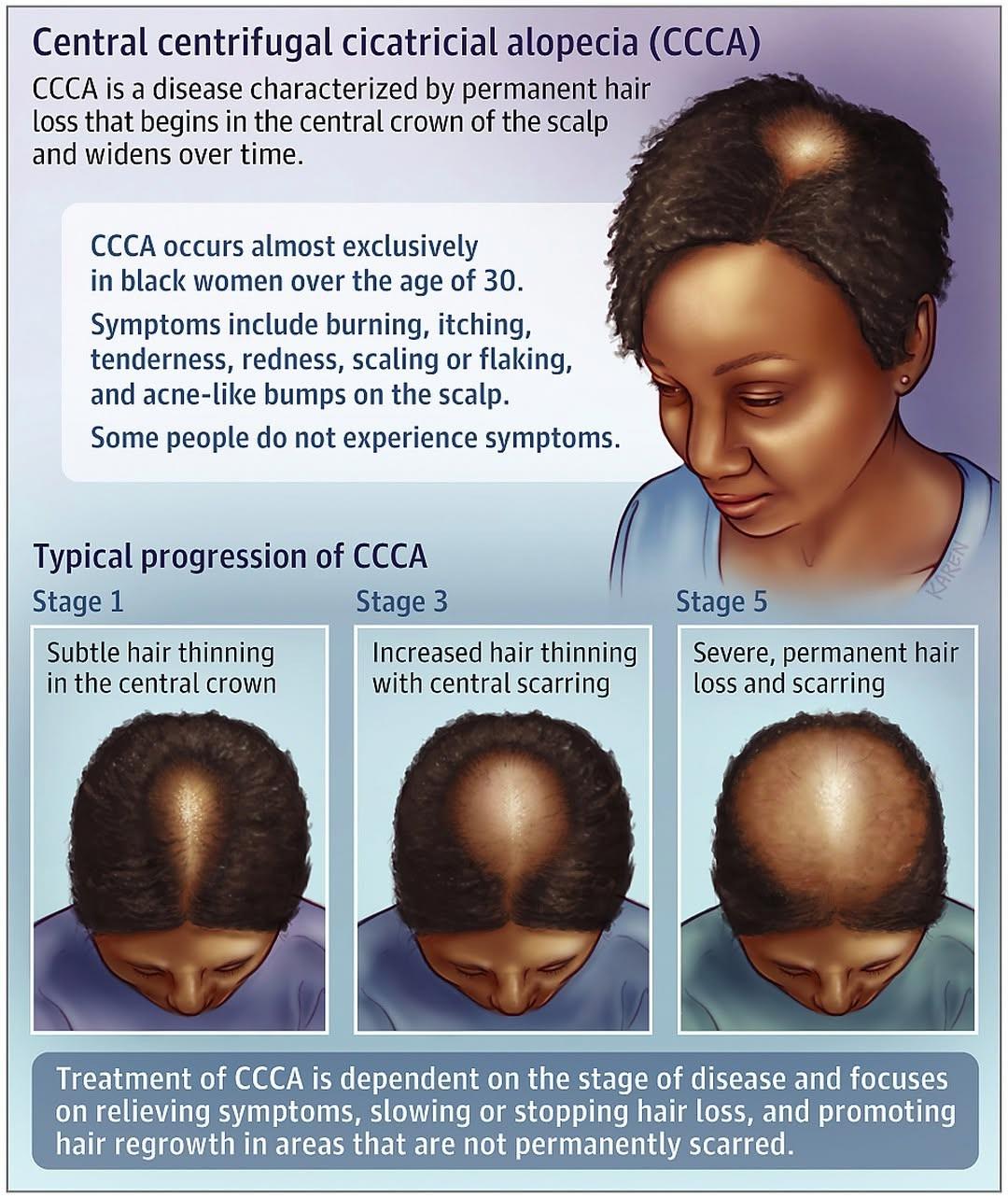
Central Centrifugal Cicatricial Alopecia (CCCA)

HAIR GROWTH LIFE CYCLE STAGES
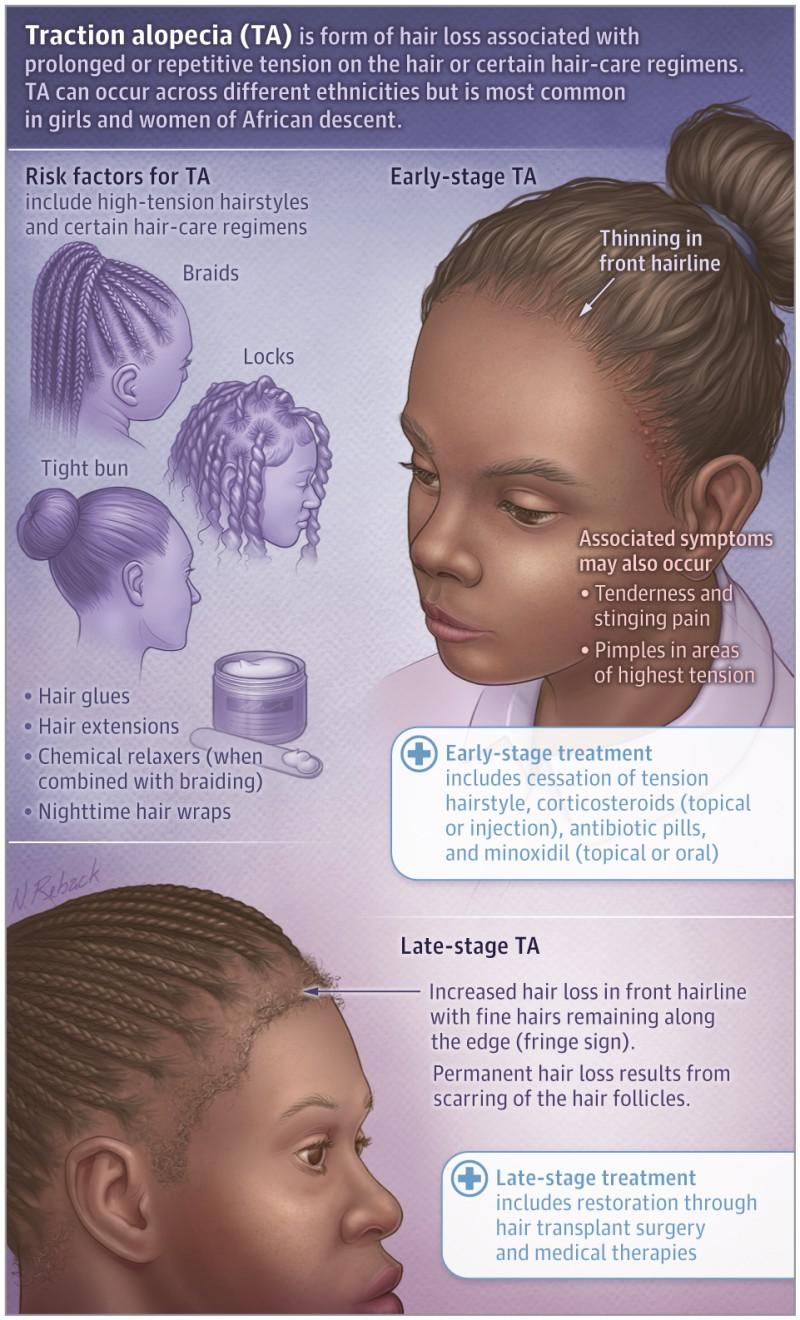
Traction Alopecia

What causes Androgenetic Alopecia?
Androgenetic alopecia is a multifactorial condition shaped by a blend of genetics and hormones, particularly the influence of DHT on hair follicles. Its progression involves the shortening of the growth cycle, follicular miniaturization, and increased resting phase duration, resulting in thinner, shorter, and fewer hairs over time.
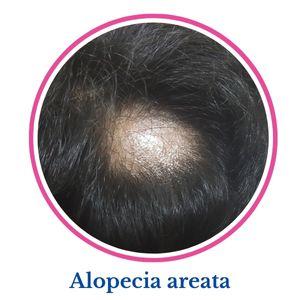
What causes Alopecia Areata?
Alopecia areata is classified as an autoimmune disorder, meaning the body’s immune system mistakenly targets its tissues—in this case, the hair follicles. This attack suppresses or halts hair growth, leading to the distinctive patches of hair loss for which the condition is known. While some individuals experience only mild, temporary effects, others may suffer more extensive or even permanent hair loss. The course of alopecia areata is highly unpredictable, marked by spontaneous remissions and relapses.

What causes Traction Alopecia?
Traction alopecia is a form of hair loss that is directly related to prolonged tension applied to the hair shafts and follicles. Unlike other types of alopecia, which may be triggered by autoimmune conditions, genetics, or hormonal changes, traction alopecia is caused by tight hairstyles. It is a condition that often goes unrecognized until significant hair thinning or bald patches become apparent. It primarily affects individuals who regularly subject their hair to certain styling practices.
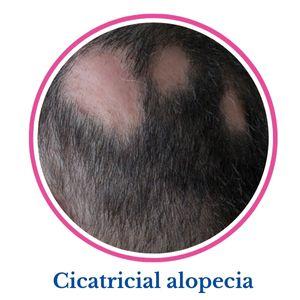
Understanding the Causes of Cicatricial Alopecia
Cicatricial alopecia, also known as scarring alopecia, refers to a diverse group of rare hair loss disorders characterized by permanent destruction of hair follicles and replacement with scar tissue. Unlike non-scarring forms of hair loss, cicatricial alopecia leads to irreversible baldness due to the replacement of healthy hair-producing structures with fibrous tissue. The complexity of this condition lies not only in its irreversible nature but also in the multitude of causes and mechanisms involved. Understanding the causes of cicatricial alopecia is crucial for early diagnosis, appropriate treatment, and prevention of further hair loss.

Understanding Postpartum Alopecia
Postpartum alopecia is a form of temporary hair loss that occurs after giving birth. It is medically classified as telogen effluvium, a condition where the natural hair cycle is disrupted, leading to excessive shedding of hair. Although alarming, postpartum hair loss is considered normal and affects a significant percentage of those who have given birth.
Typically, individuals may notice increased hair fall about two to four months after delivery. The hair loss is most noticeable while brushing, washing, or styling the hair, and it often peaks before gradually returning to normal within several months.

Alopecia Barbae: Understanding Beard Hair Loss
Alopecia barbae is a localized type of alopecia areata, an autoimmune disorder where the body's immune system mistakenly attacks hair follicles. In alopecia barbae, this attack is concentrated in the beard area, resulting in patchy hair loss, usually in round or oval-shaped spots. The condition can be sudden, with hair falling out quickly, or it can develop gradually over time.
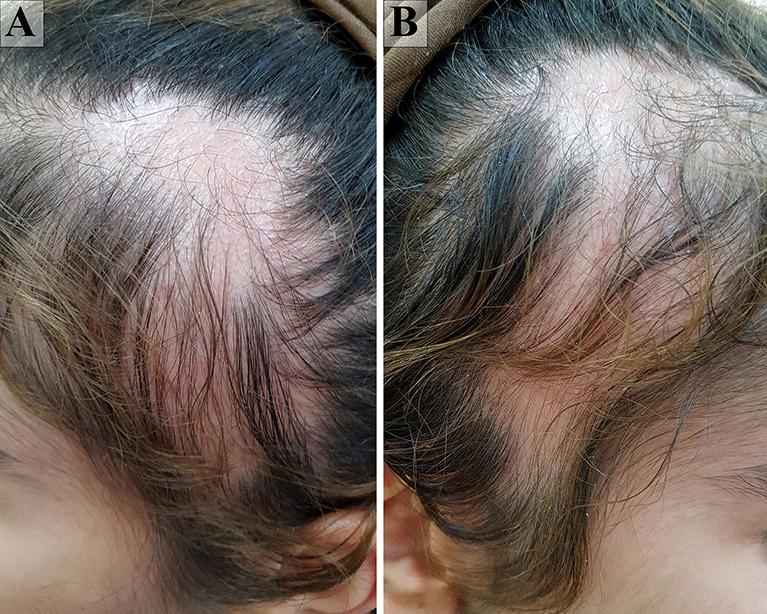
Trichotillomania Alopecia
Trichotillomania, also known as hair-pulling disorder, is a mental disorder characterized by the persistent urge to pull out one's own hair, leading to noticeable hair loss, which can be considered a form of alopecia. This hair loss can manifest as patchy areas or more diffuse thinning, and can occur on the scalp, eyebrows, eyelashes, or other body hair
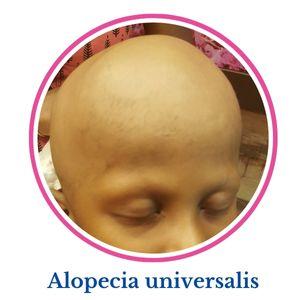
What is Alopecia Universalis
Alopecia universalis (AU) is a severe form of alopecia areata, characterized by complete hair loss on the scalp and body, including eyebrows, eyelashes, and other facial and body hair. While the exact cause is unknown, it's believed to be an autoimmune condition where the body's immune system mistakenly attacks hair follicles.
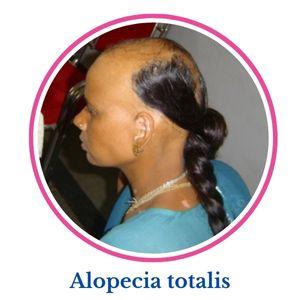
What is Alopecia Totalis
Alopecia totalis (AT) is an autoimmune condition causing the sudden and complete loss of all hair on the scalp, but not the entire body. It is a severe form of alopecia in which the immune system mistakenly attacks hair follicles, resulting in inflammation and hair loss. While there is no cure, available treatments can include topical steroids, systemic steroids, JAK inhibitors, and topical immunotherapy to stimulate hair regrowth.
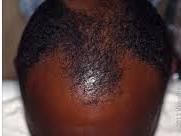
Telogen effluvium
Telogen effluvium is a common type of hair loss that affects individuals after they experience severe stress or undergo a significant physical or emotional change. Telogen effluvium pushes a large number of hairs into the resting (telogen) phase of the hair cycle. Most people who are healthy lose up to 100 strands of hair per day. If you have telogen effluvium, you may lose up to 300 strands of hair per day.
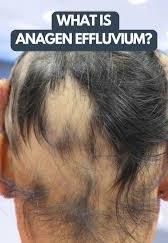
Anagen effluvium
Anagen effluvium is a type of hair loss that occurs when the hair follicles are abruptly damaged during the growth phase (anagen phase). This damage disrupts the normal hair growth cycle, leading to hair shedding. Common causes include chemotherapy, radiation therapy, and certain medications.
Instead of normal shedding, affected hairs break off, resulting in rapid, diffuse hair loss from the scalp, eyebrows, eyelashes, and body hair.
